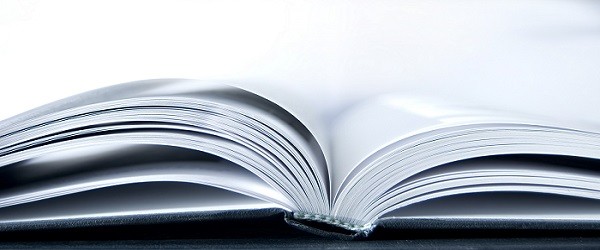
"Be" verbs indicate a state of being. They must match the subjects. "Be" verbs are "am", "is", and "are". "Am" is used with "I". "Is" is used with "he", "she", or "it". "Are" is used with "we", "they", and "you".
"Be" verbs- I am a student.
- I am strong.
- She is a teacher.
- He is funny.
- It is hot.
- We are happy.
- They are sad.
- You are a clown.
"Be" verbs can be turned into negative sentences.Negative sentences need "not" after the "be" verb.
- I am not a student.
- I am not strong.
- She is not a teacher.
- He is not funny.
- It is not hot.
- We are not happy.
- They are not sad.
- You are not a clown.
"Be" verbs can be turned into questions or interrogative sentences.The "be" verb comes first in these sentences. They always end with a question mark (?).
- Am I a student?
- Am I strong?
- Is she a teacher?
- Is he funny?
- Is it hot?
- Are we happy?
- Are they sad?
- Are you a clown?
Directions: Fill in the blanks with either "am" "is" or "are"
1) I __________ hungry.
2) They __________ not here.
3) You __________ alone.
4) She __________ not short.
5) He __________ tall.
6) I __________ not scared.
7) She __________ a doctor.
8) He __________ not a lawyer.
9) We __________ angry.
10) They __________ late.
11) We __________ not surprised.
12) It __________ cold.
13) You __________ not a plumber.
14) It __________ not an animal.
Directions: Write in the answer to each question using the word "not".
1) Are you hungry?
____________________
2) Is she sad?
____________________
3) Is it windy?
____________________
4) Are they doctors?
____________________
5) Are we late?
____________________
Quiz 1 Answers
1) a. am
2) c. are
3) c. are
4) b. is
5) b. is
6) a. am
7) b. is
8) b. is
9) c. are
10) c. are
11) c. are
12) b. is
13) c. are
14) b. is
Quiz 2 Answers
1) I am not hungry.
2) She is not sad.
3) It is not windy.
4) They are not doctors.
5) We are not late.
Delete1) a. am
2) c. are
3) c. are
4) b. is
5) b. is
6) a. am
7) b. is
8) b. is
9) c. are
10) c. are
11) c. are
12) b. is
13) c. are
14) b. is
 |  |